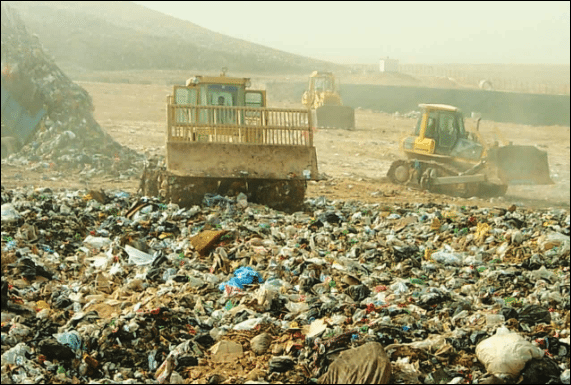Waste in Cairo and Barcelona photographs of alternative energy

Waste in Cairo and Barcelona photographs of alternative energy
Mansheyl, a landfill district south-east of Cairo swallows 5000 tons of waste every day and yet it is a black hole for the toponymy of the area. Mansheyl, for the majority of Egyptians, is an invisible ghetto, inhabited by 40,000 garbage collectors (zabalin in Arabic) who have done their business with waste, if you can call it that, which gives them a monthly fee of 50 euros a month to select by hand the waste of the 18 thousand inhabitants of the city, managing to recycle them to 80%. The citizens of Barcelona, on the other hand, have been financing photovoltaic power plants set up in free public spaces for 9 years. Each of them puts their money into the project (can donate only 1 euro or 3,000) and contributes to the production of clean energy. Cairo and Barcelona are the two cases reported in the photographs on display at the Via Martucci Trip until 15 June. A little less than twenty portraits of two social realities at the antipodes, the result of recent research on environmental policies by the Neapolitan agency Thinkthanks, promoter of the exhibition. Ten images taken by the reporter Marco Trovato in the landfill neighborhoods of the most populous Mediterranean city, which portray men, women and children bent over piles of clothing, closed in narrow spaces to separate the plastic, scattered in the courtyards to divide the wet fraction. Whole families at the service of a differentiated according to “primitive” systems and extremely questionable on the hygienic-sanitary situation but which also try to propose their model of environmental sustainability with a strong urban sense. “The case of Cairo is an example of how we can be useful to the environment – says Lucio Iaccarino, administrator of the ThinkThanks – but at the same time how the modality becomes unsustainable for health. There the air is unbearable, many contract diseases. The Zabbalins risk their lives but are still a model of civil responsibility “. From their differentiated-do-it-yourself come out small primordial miracles: aluminum pots and stoves, glass plates from bottles, wooden boards from cabinets and sofas. Environmental sustainability and policies for the future for Barcelona, model city object of the photographs taken by Vincens Gimenez, loaned for the occasion by the Fundación Terra. Expanses of solar panels appear along with hundreds of sustainable “proprietary” citizens.
May 2 2008


